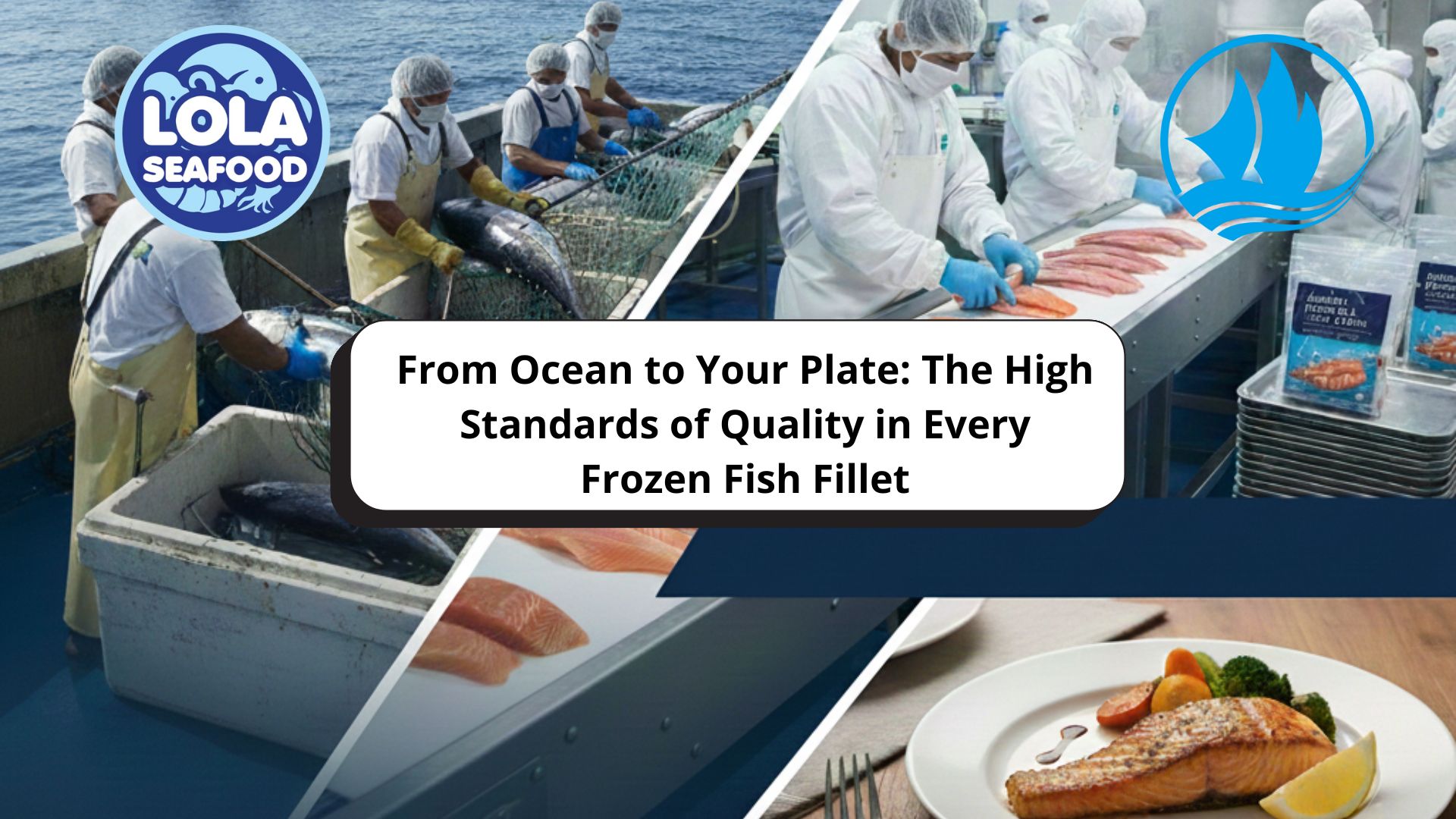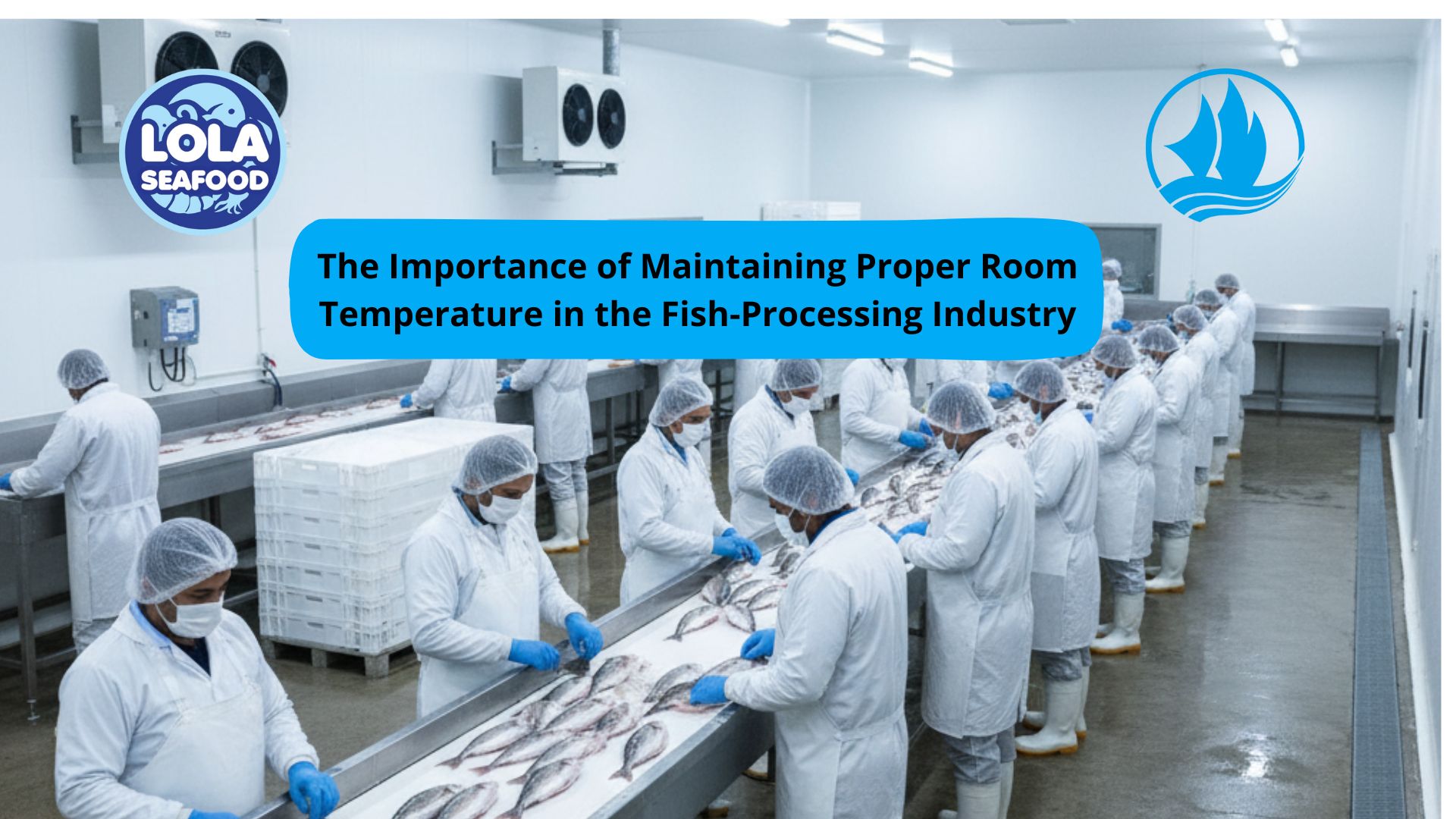Why Fish is the Superfood Every Child Needs to Prevent Stunting
By. Puji Widyastuti - 02 Sep 2025.jpg)
Kelolalaut.com Stunting, a condition where children fail to reach their expected height and development due to chronic malnutrition, is one of the most pressing public health issues worldwide. According to the World Health Organization (WHO), millions of children under the age of five are affected by stunting, leading to impaired growth, reduced cognitive ability, and long-term health problems. Preventing stunting requires access to nutrient-dense foods that provide not only calories but also essential vitamins, minerals, and proteins. Among the many options available, fish stands out as a true superfood—a natural, affordable, and powerful tool against childhood stunting.
The Nutritional Power of Fish
Fish is one of the most nutrient-dense foods on earth. Unlike many staple foods that are high in carbohydrates but low in micronutrients, fish offers a unique combination of high-quality protein, healthy fats, and essential micronutrients critical for growth.
1. High-Quality Protein
Protein is the building block of muscles, tissues, and organs. Fish provides easily digestible protein, which is vital for children’s growth and development. Adequate protein intake is crucial to prevent stunting, as protein deficiency directly affects height and body mass.
2. Omega-3 Fatty Acids
Fatty fish such as salmon, sardines, and mackerel are rich in omega-3 fatty acids, especially DHA (docosahexaenoic acid), which plays a central role in brain development, cognitive performance, and vision. Children who regularly consume fish have been shown to have better learning outcomes and concentration.
4. Micronutrients
- Fish is a treasure chest of micronutrients that are often lacking in children’s diets, including
- Zinc: supports growth and immune function.
- Iron: prevents anemia and supports oxygen delivery in the body.
- Calcium and Phosphorus: essential for bone development.
- Vitamin D: improves calcium absorption, supporting strong bones and teeth.
- Iodine: critical for thyroid function and mental development.
Best Fish Varieties for Preventing Stunting
Not all fish provide the same level of nutrients, but many species are excellent choices for supporting child growth. Some of the best include:
- Sardines and Anchovies: Affordable, widely available, and rich in calcium, vitamin D, and omega-3 fatty acids.
- Mackerel: High in protein and essential fatty acids, making it ideal for both growth and brain development.
- Salmon: Known for its rich omega-3 content, though often more expensive.
- Tilapia: A lean source of protein with good levels of phosphorus and potassium.
- Catfish: Popular in many regions, offering protein and vitamin B12.
Including small fish that can be eaten whole, such as anchovies and sardines, provides additional benefits since the bones contribute to calcium and phosphorus intake.
How Fish Helps Break the Cycle of Malnutrition
Stunting is not only about inadequate calories but also about a lack of diverse, nutrient-rich foods. Fish addresses this gap by delivering multiple essential nutrients in one meal. When integrated into regular diets, especially during the first 1,000 days of life—from pregnancy through the first two years of childhood—fish helps:
- Support proper height growth by providing high-quality protein.
- Enhance cognitive development, ensuring children reach their learning potential.
- Improve immune defense, reducing the risk of infections that often worsen malnutrition.
- Strengthen bone health with calcium and vitamin D.
Practical Ways to Introduce Fish into Children’s Diets
While the benefits are clear, the challenge lies in making fish a regular part of children’s meals. Here are some practical suggestions:
- For infants: Start with soft, mashed fish that is thoroughly cooked and free of bones.
- For toddlers: Use fish in soups, porridges, or small patties for easy chewing.
- For school-age children: Offer grilled, steamed, or baked fish with rice, vegetables, or bread for balanced meals.
- For families: Choose local and affordable fish varieties like sardines or tilapia to make fish more accessible.
A Sustainable and Affordable Superfood
Another advantage of fish is its availability and affordability, especially in coastal and river regions. Small-scale fisheries and aquaculture provide a steady supply of fish that can be integrated into household diets. Promoting fish consumption not only prevents stunting but also supports local economies and sustainable livelihoods.
Stunting prevention requires more than simply providing food—it requires nutrient-rich foods that target the root causes of poor growth and development. Fish, with its exceptional balance of protein, omega-3 fatty acids, vitamins, and minerals, is truly a superfood every child needs. By making fish a regular part of children’s diets, communities can fight stunting, improve health outcomes, and build a brighter future for the next generation.
If youre interested in our Cobia Whole Round / Whole Gilled Gutted , Cobia Fillet Skinless and Cobia Fillet Skin On please do not hesitate to contact us through email and/or Whatsapp




.jpg)

.jpg)

.jpg)